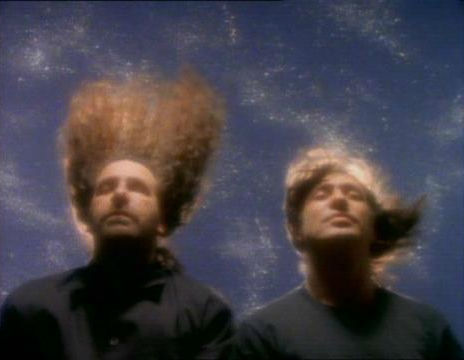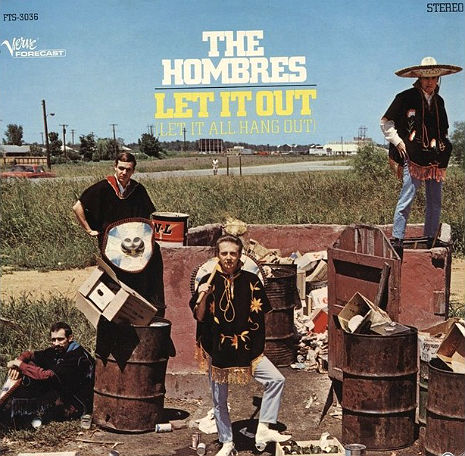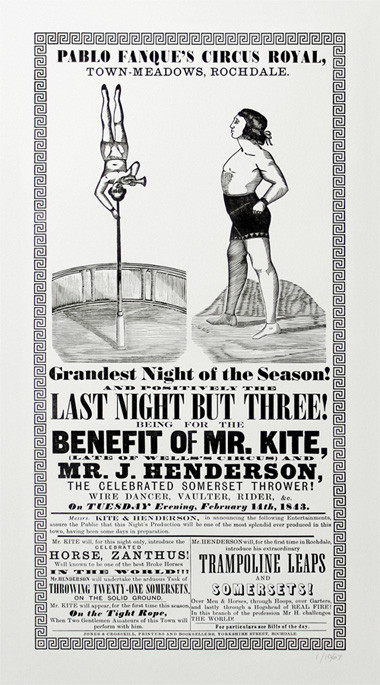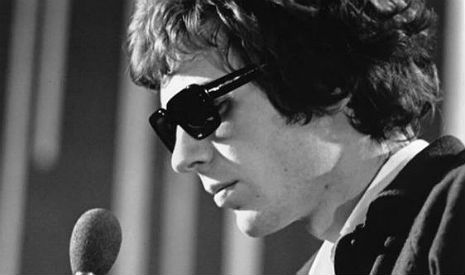
They say House music is a feeling, and I am inclined to agree.
For too long House music has been defined by a rigid beat pattern that, almost 30 years after its birth, has barely changed. In fact, it has changed so little as to make this hallowed genre seem stale and insignificant, the opposite of how it appeared the first time round, when (ironically) it wasn’t the beat that defined it so much as the attitude.
I remember hearing House music for the first time as a child of about 9 or 10 and asking my siblings to buy me a compilation of this strange, funky music. They got me a two-cassette release, called something like Hits of House, and unexpectedly opened my ears to a whole new freakish world of camp men from Chicago stuttering over a hard and dark music unlike anything I had ever heard. Sure, I had been obsessed with S’Express already, tuning into late-night radio on my headphones hoping to hear “Theme From S’Express” and “Hey Music Lover,” while also hoping not to get busted by my parents in the next room. But Hits Of House was like nothing I had ever heard. It’s hard to explain to younger generations just how fresh House was when it first appeared, just as it is hard for the listener to recapture the thrill and joy of hearing it for the first time.
But that’s where Ynfynyt Scroll comes in.
YS is a young, Austin-based producer who takes the best elements of house music from the 80s and 90s and squeezes them through the post-crunk filter to create something eniuinely fresh. You know, as opposed to what most of the magazines and websites sell House fans as being “forward-thinking”. Ynfynyt Scroll makes music that actually sounds like it comes from 2012, not 2002 or even 1992.
So blown away was I on first hearing Ynfynt Scroll that I immediately asked Rodrigo (his real name) to do a remix for me, which he thankfully agreed to. I am very happy to report that his remix of “Work It” doesn’t disappoint, coming on a bit like Junior Vasquez draged to a deep south R&B club, but even that pales in comparisson to his own releases, such as the Let Me See It EP on the #Feelings label. I also emailed him a few questions, that he gratefully replied to:
THE NIALLIST: Who are you and where are you from?
YNFYNYT SCROLL: My Christian name is Rodrigo Díaz. I was born in Lima, Peru, but I’ve lived in Dallas nearly all my life. My assumed name is Ynfynyt Scroll, which since 2010 have I used for production, DJing, visual art and as an excuse to be a cunty brat with heavy Islamic fundamentalist undertones.
TN: Describe the YS sound to me.
YS: It’s all about scroll scroll scrolling. Just keep scrolling on to the next thing until your brain goes “ugh, ya,” whether it’s listening or producing. I have almost no intentions when setting out to make a track, I just gravitate toward certain sounds that lend themselves to certain genres, but I don’t think in terms of genre.
TN: Who and what are your biggest production influences?
YS: I am very influenced by bedroom rap producers of the American south, mutli-layered trance pad chord hits, men who love dancing without making physical contact with anyone else, Afro-Peruvian rhythms, breakz and very early house.
TN: I hear the club scene in Texas is hot - is this true?
YS: Well Austin does a pretty good job of bringing talent through. Groups like Elevater Action, Broken Teeth and Peligrosa consistently throw good parties, my Freshmore buds in Houston do a good job too, and in Dallas there’s Track Meet, of which I am a part. We’ve thrown some pretty neat, all-out, immersive parties with movie-quality glowing slime and exotic set designs and neat/fun stuff like that, but haven’t had the frequency of guest that the folks in other cities have had up to now.
TN: What can we expect from a YS DJ set?
YS: You can expect me to be all over the place, to ignore genre and sometimes tempo, to play a lot of really abrasive and tinny, trebley Ha tracks, and to play as much amateur music as possible. You can also be sure you’ll hear your fair share of American southern rap, something that has been a part of every DJ set I’ve ever played.
TN: If you could have written any song in the history of music, which one would it be?
YS: Chaka Khan’s “I’m Every Woman.”
There’s lots more to be heard and downloaded at the Ynfynyt Scroll Soundcloud page.
You can find The Niallist on Twitter.
Posted by Niall O'Conghaile
|
10.12.2012
12:18 pm
|

,‘Kitt gave every detail of the torrid love affairs that became such a part of her public persona.














